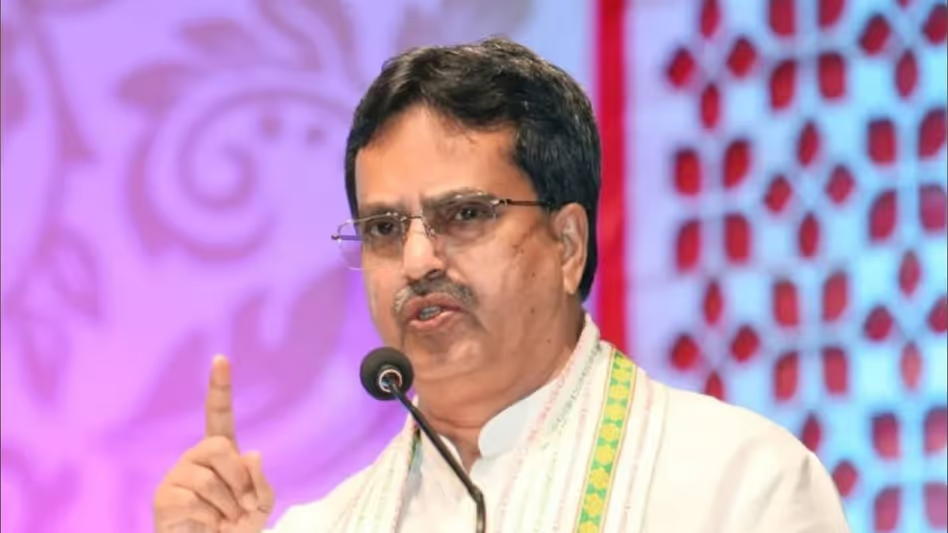Tripura Chief Minister Manik Saha has firmly rejected the opposition’s demand to review the recently approved state emblem, asserting that the decision had been made after extensive consultations and a thorough evaluation process. This move comes as a response to growing concerns raised by various political parties, claiming that the new emblem does not adequately represent the rich heritage and cultural diversity of Tripura.
The controversy surrounding the state emblem began when the government unveiled its new design, sparking a wave of criticism, especially from opposition parties. Critics argue that the emblem does not reflect the state’s distinct history, traditions, or the vibrant indigenous communities that form the heart of Tripura’s cultural fabric. Some even went as far as to claim that the emblem fails to encapsulate the essence of the state’s indigenous population, raising concerns about the neglect of Tripura’s cultural diversity in official symbols.
In his response, Chief Minister Saha emphasized that the decision to adopt the new emblem was not taken lightly and involved a series of consultations with historians, cultural experts, and other stakeholders. He explained that the emblem was designed to encapsulate the state’s modern aspirations while also acknowledging its historical significance. “We have engaged with experts and the public, considering various factors before finalizing this emblem. It reflects the spirit of our state’s growth and its journey towards development,” Saha said.
Despite the CM’s defense of the new emblem, opposition leaders remain steadfast in their criticism. They argue that the emblem lacks the necessary symbols that could connect the people of Tripura to their roots and heritage. The opposition claims that an emblem should be a reflection of a state’s identity, and they believe the new design does not accurately showcase the state’s cultural history.
The controversy has also fueled debates on the role of government symbols in representing regional identities. While the state government insists that the emblem embodies the progress Tripura has made over the years, critics believe it is crucial for the emblem to honor the rich diversity of the state’s indigenous communities. These communities have played a significant role in shaping the culture, traditions, and history of Tripura, and the opposition argues that any official symbol must highlight this contribution.
The debate over the state emblem is part of a larger conversation surrounding the need for greater representation and inclusivity in state policies. With Tripura’s indigenous communities having a deep connection to their land and culture, it is not surprising that any change to symbols that represent the state invokes passionate responses. This has sparked wider discussions about the importance of integrating indigenous cultures into the mainstream narrative while also embracing modernization.
Chief Minister Saha has called for unity amidst the controversy, stating that the emblem represents the state’s development while respecting its past. He further noted that any symbol, no matter how carefully chosen, will always have critics, but the government’s intention remains focused on advancing Tripura’s future while respecting its heritage.
The state emblem is not just a visual representation but a symbol that ties the people together, and for many, this decision is personal. The debate over the emblem is more than just a disagreement over design; it is a reflection of the deeper desire to ensure that the history and traditions of Tripura’s indigenous people are not forgotten in the face of modernity.
As the opposition’s calls for a review of the emblem continue, the government has made it clear that the emblem will not be revisited. Chief Minister Saha has stood firm in his stance, confident that the emblem represents Tripura’s modern identity, and he remains determined to continue moving forward with the development agenda for the state. However, the continued debate underscores the complex relationship between tradition, modernity, and identity in a rapidly changing world. Only time will tell how this controversy will impact the perception of Tripura’s identity both within the state and beyond.
In the coming days, it is expected that the state government will hold further discussions to address the concerns of the opposition and the public. For now, the matter remains a point of contention, with no clear resolution in sight.


